Tag: trifecta
-
Wyoming gov. vetoes bill allowing state legislators to nullify agency rules
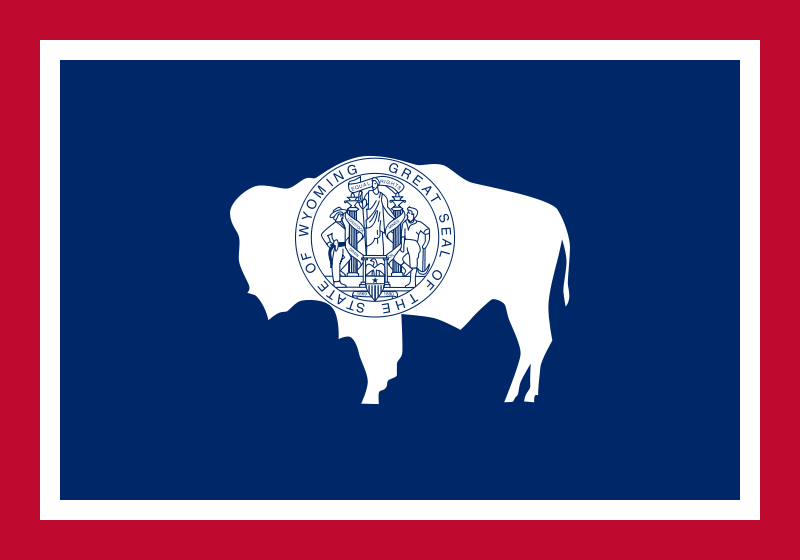
What’s the story? Wyoming Governor Mark Gordon (R) vetoed Senate File (SF) 0127 on March 4, 2025. The bill was designed to create a process for legislators to disapprove of and nullify executive agency regulations. Wyoming has a Republican trifecta. The final version of SF127 approved by the legislature was designed to require the Wyoming…
-
Ballotpedia identifies New Hampshire Republican trifecta as highly vulnerable in New Hampshire House of Representatives elections
General elections for the New Hampshire House of Representatives will take place on November 5, 2024. All 400 seats in 203 districts are up for election. Republicans hold a 197-191 majority in the chamber, with one independent and 11 vacancies. Republicans have controlled the House since 2021. The New Hampshire House of Representatives has a…
-
Supermajority and trifecta status at stake in Nevada Assembly elections
Elections for the Nevada Assembly are being held on Nov. 5, 2024. All 42 seats are up for election. Nevada is one of 10 states that has a divided government. Republican Joe Lombardo (R) holds the governorship while Democrats hold both chambers of the Nevada Legislature. Democrats hold 26 seats to Republicans’ 14, with two…
-
Minnesota House of Representatives elections could change the state’s Democratic trifecta
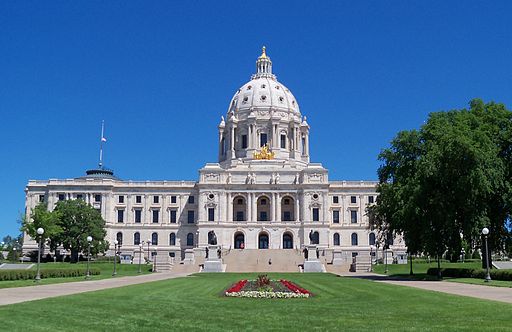
General elections for the Minnesota House of Representatives will take place on Nov. 5, 2024. All 134 seats are up for election. Democrats hold a 68-64 majority in the chamber, with two vacancies. Democrats have controlled the House since 2019. According to the MinnPost, House Democrats are campaigning on legislation they passed since the party…
-
Republican states adopt more voter list maintenance bills than states with Democratic trifectas and divided governments
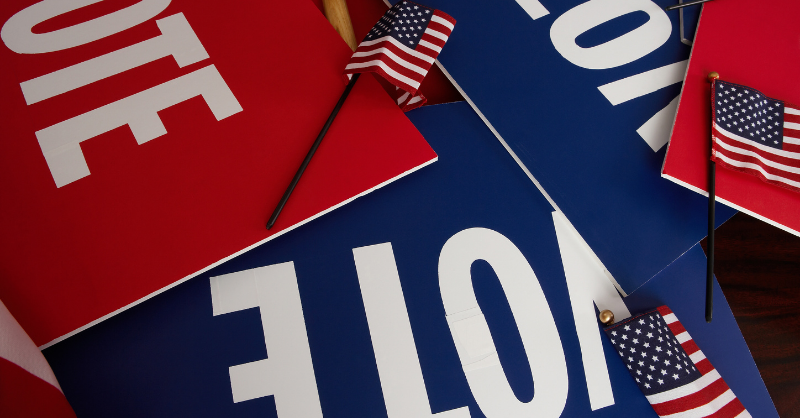
Fourteen states adopted new laws related to maintaining accurate voter registration rolls in the first half of 2024. Ten of these bills came from states with Republican trifectas, two from states with Democratic trifectas, and two from states with divided governments. New laws in five states expand data-sharing procedures or create new requirements for reviewing…
-
November elections will determine control of Virginia House
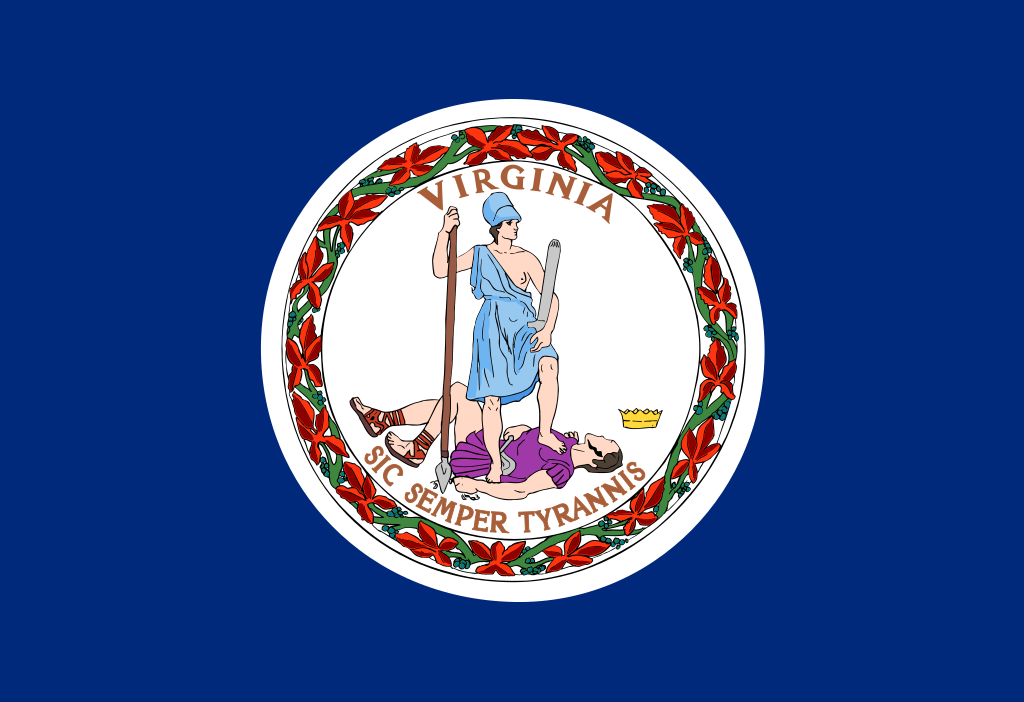
Republicans currently hold a 49-46 majority in the Virginia House, and the Nov. 7, 2023, election will determine control of the state legislature and Virginia’s trifecta status. Virginia’s trifecta status changed from Democratic to divided as a result of the 2021 elections. Governor Glenn Youngkin (R) was elected to succeed term-limited incumbent Ralph Northam (D).…
-
Number of one-party state governments at the highest point in at least three decades
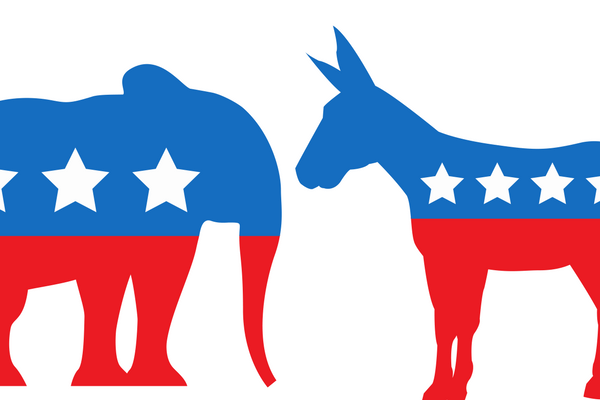
There are 39 state government trifectas, more than twice as many as the 19 there were over 30 years ago in 1992. A state government trifecta is a term to describe a single-party government when one political party holds the governorship and majorities in both chambers of the state legislature. While there are more total trifectas today…
-
Ballotpedia determines trifecta status could change in four states in 2023 elections
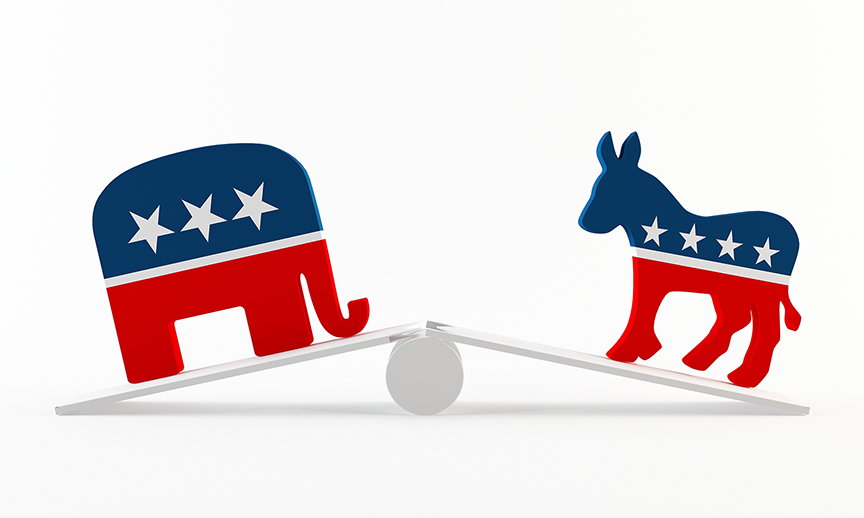
Three states are holding gubernatorial elections in 2023, and four states are holding regularly scheduled legislative elections in eight of the country’s 99 state legislative chambers. As a result, five states’ trifecta status is at stake this year: Mississippi—one of 22 states with a Republican trifecta, New Jersey—one of 17 states with a Democratic trifecta,…
-
Following the 2022 elections, more Americans now live in a Democratic trifecta than a Republican trifecta
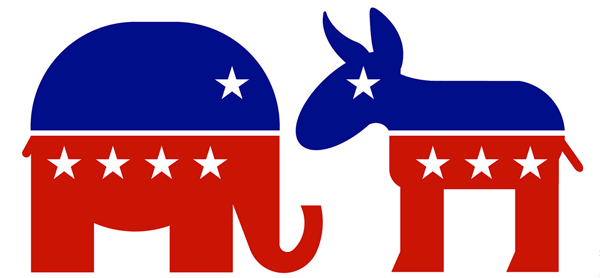
As a result of the 2022 elections, a greater percentage of Americans now live in a Democratic state government trifecta than in a Republican trifecta. Once all newly elected officials take office, 41.7% of Americans will live in a state with a Democratic trifecta, 39.6% in a state with a Republican trifecta, and 18.8% in…
-
Democrats gain three trifectas, Republicans lose one in 2022 elections
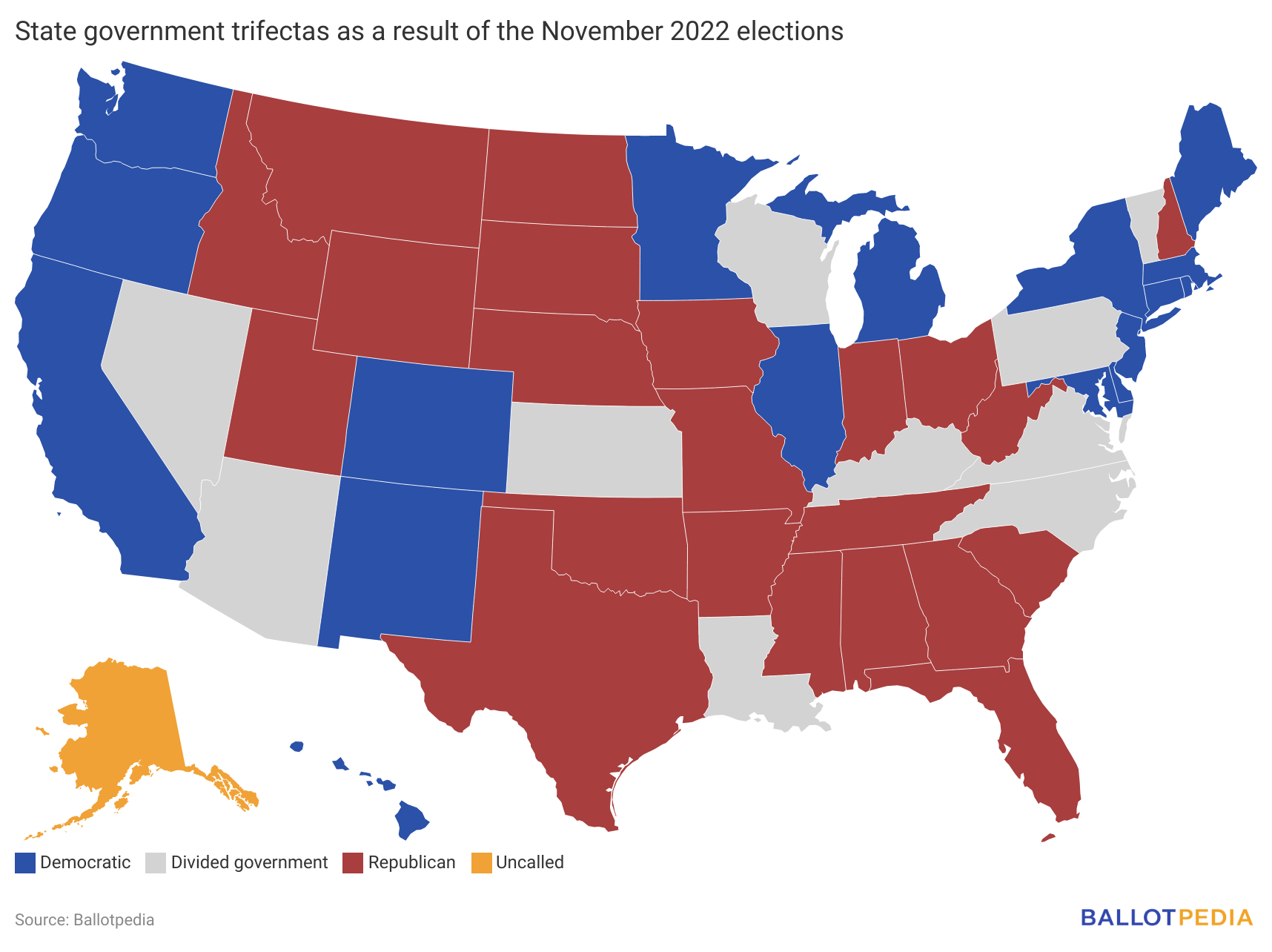
As a result of the 2022 elections, there will be at least 22 Republican trifectas, 17 Democratic trifectas, and 10 divided governments where neither party had trifecta control. Alaska’s trifecta status remains unclear. Before the election, Alaska was under divided government. State government trifecta is a term to describe single-party government, when one political party…

